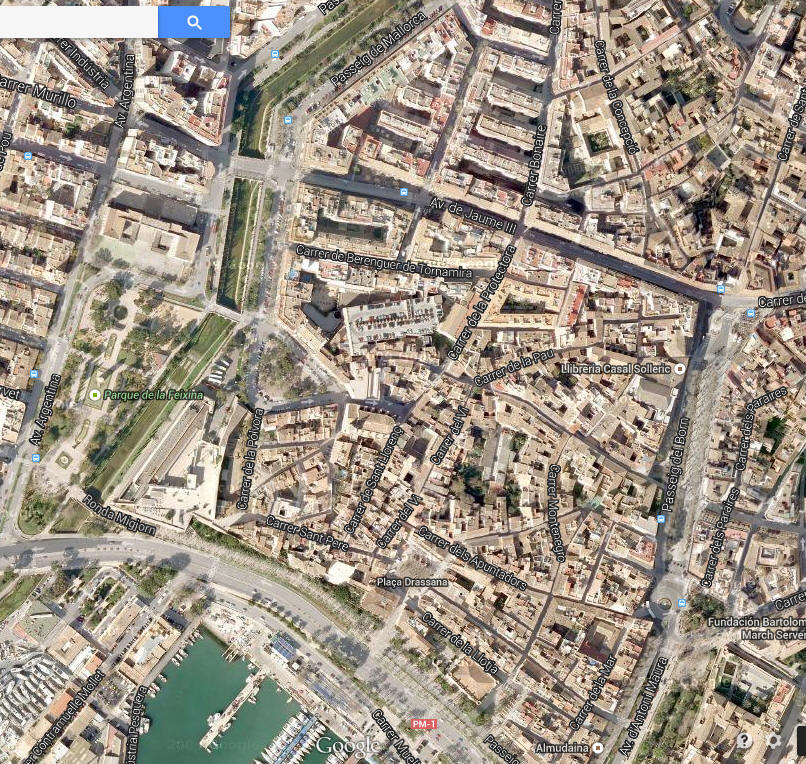May 13 (Tuesday) - Palma de Mallorca, Spain (7:00-5:00)
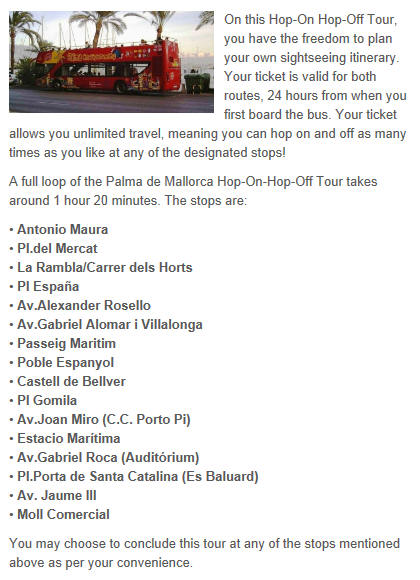
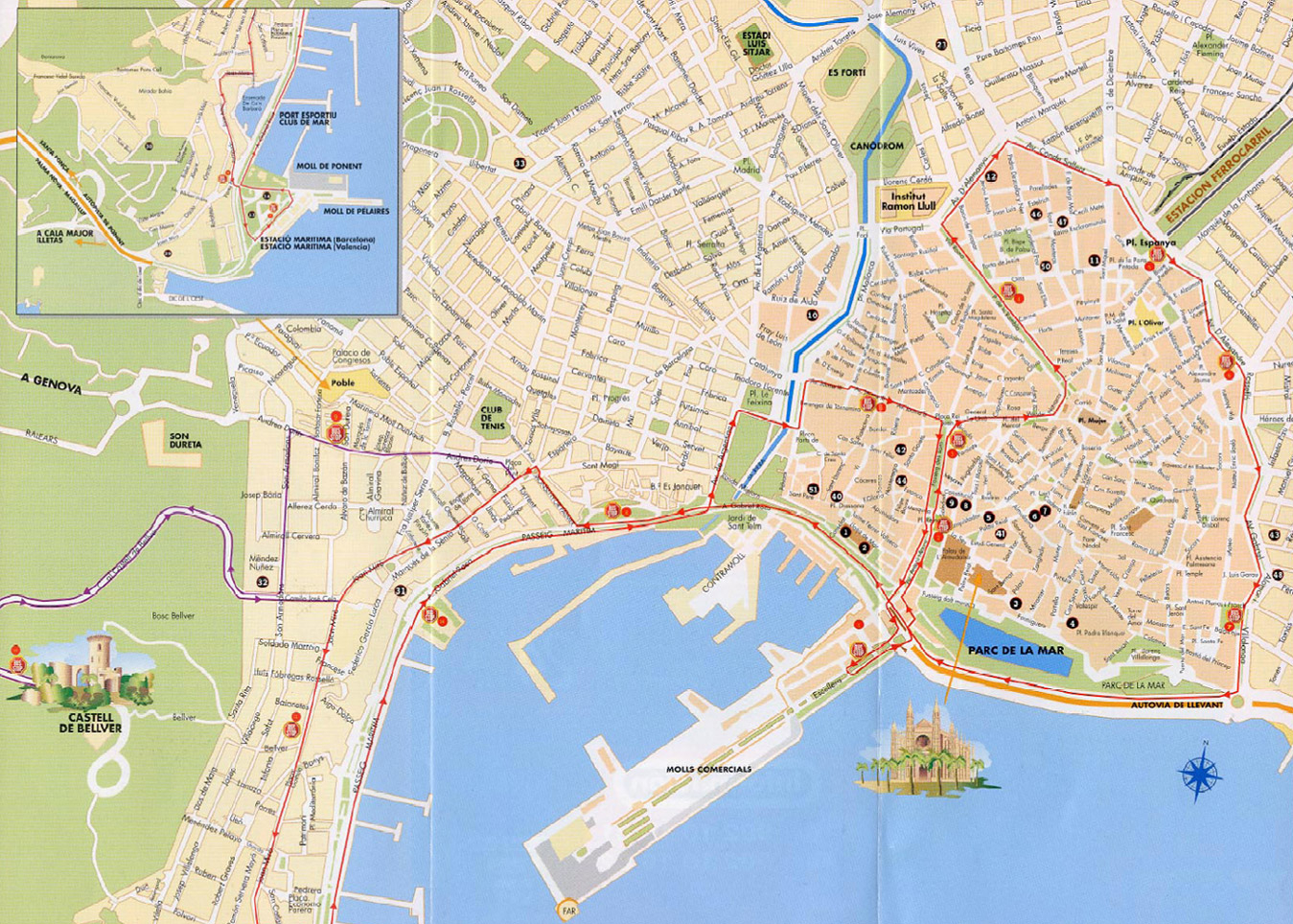
May 13 (Tuesday) - Palma de Mallorca, Spain (7:00-5:00)
Palma, the economic and cultural hub of Majorca, is a delightful base for exploring the island's many gold and white beaches.
A former Moorish casbah, or walled city, Palma's Old Town is an appealing maze of narrow streets that are a delight to explore on foot.
Hop on the Soller Railway for a 17-mile
scenic trip, visit 14th-century Bellver Castle and the museum of contemporary
art, and check out the nightlife.

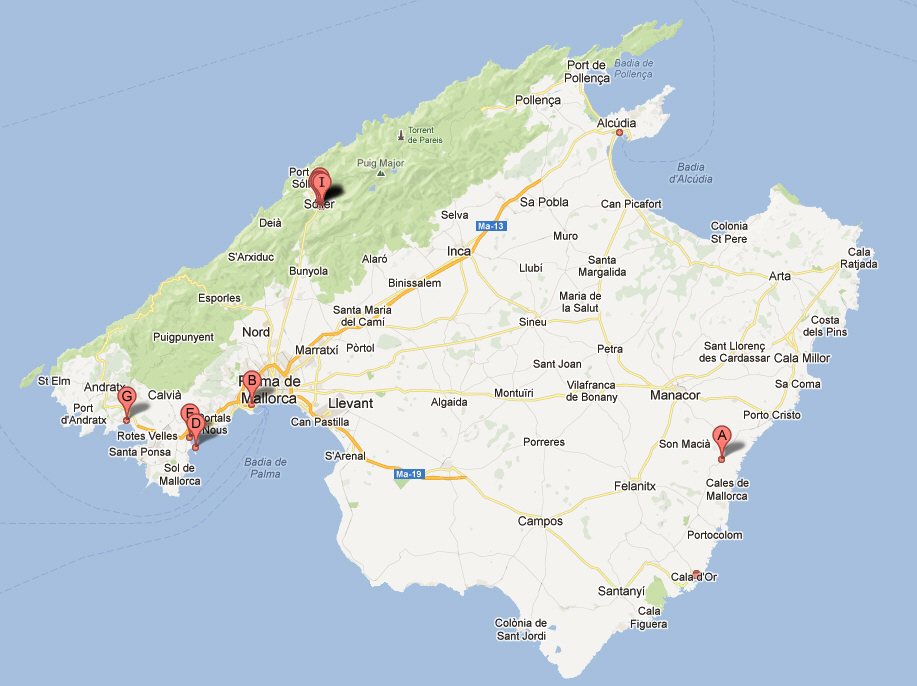
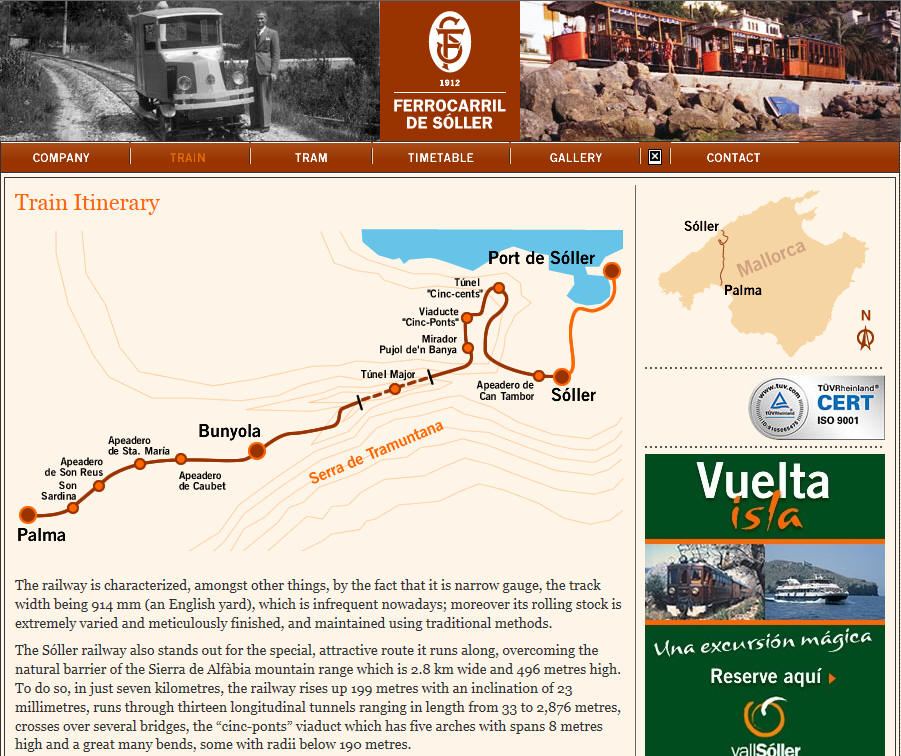
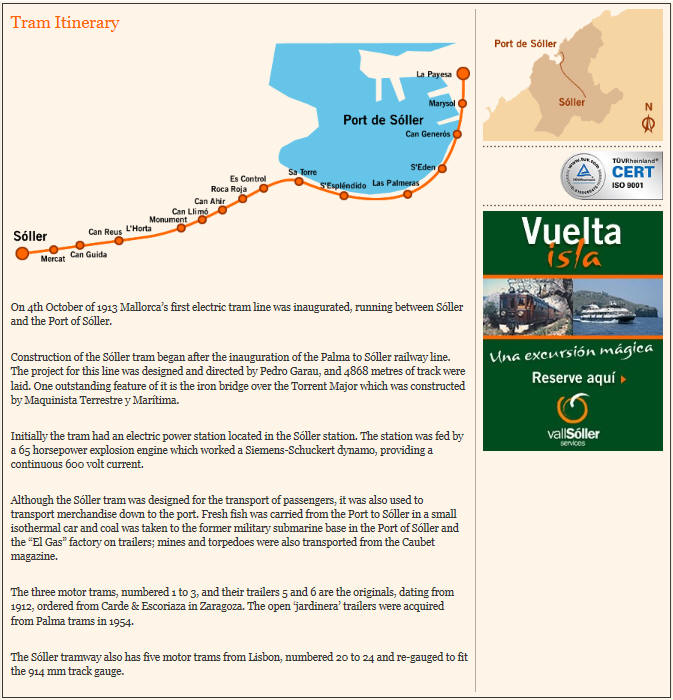
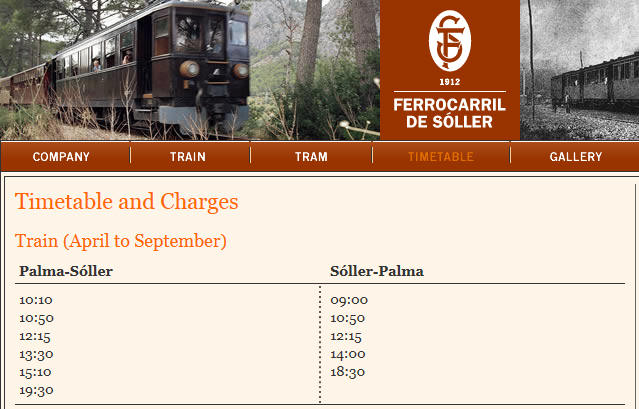
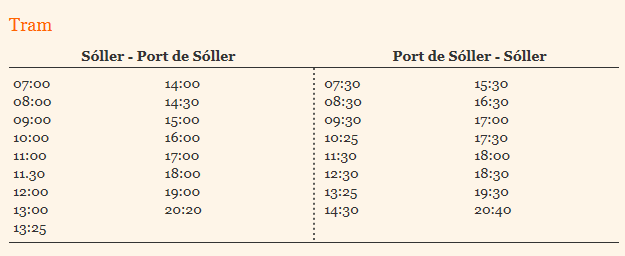
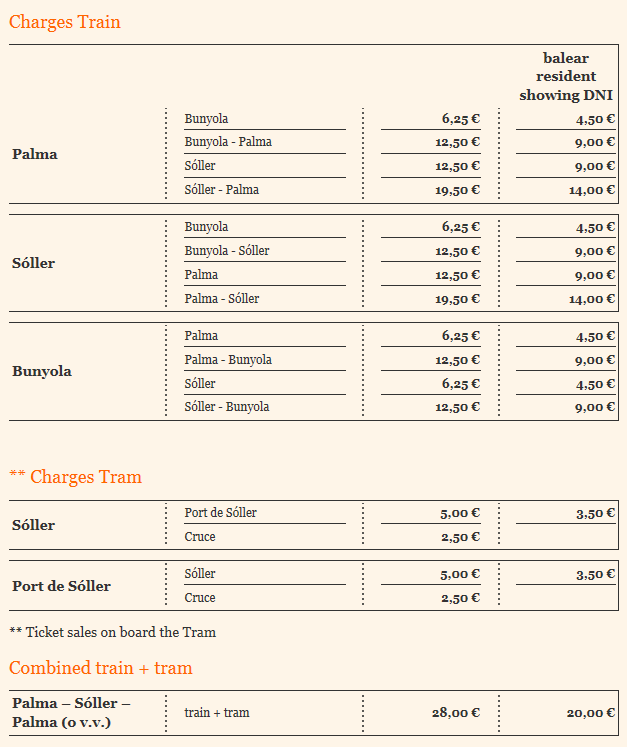
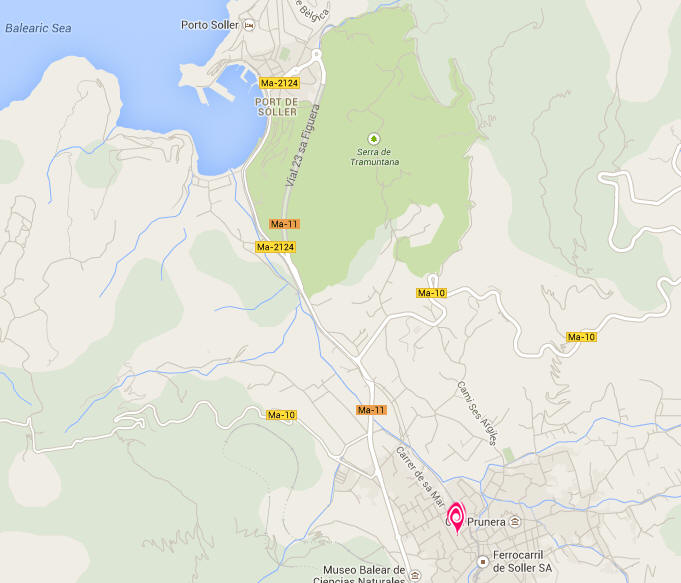
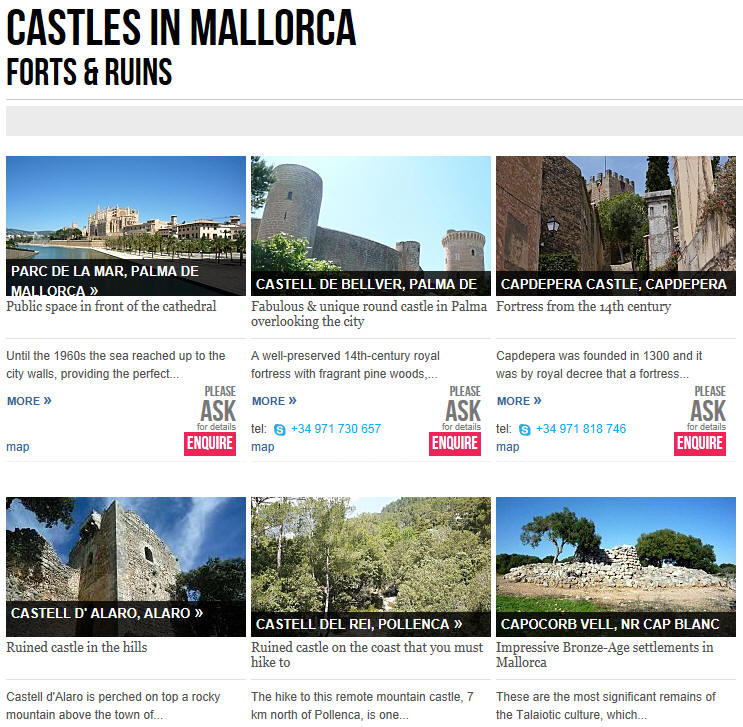

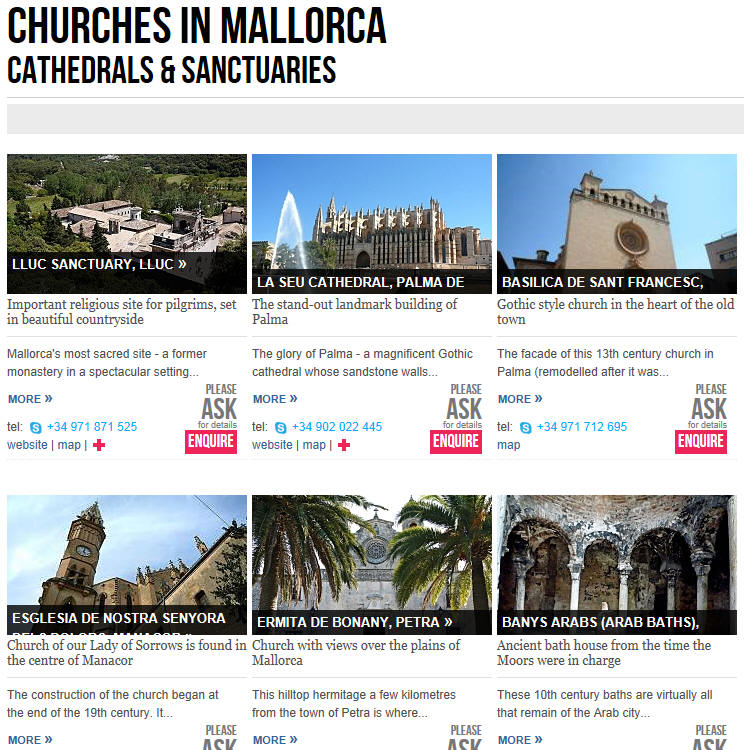
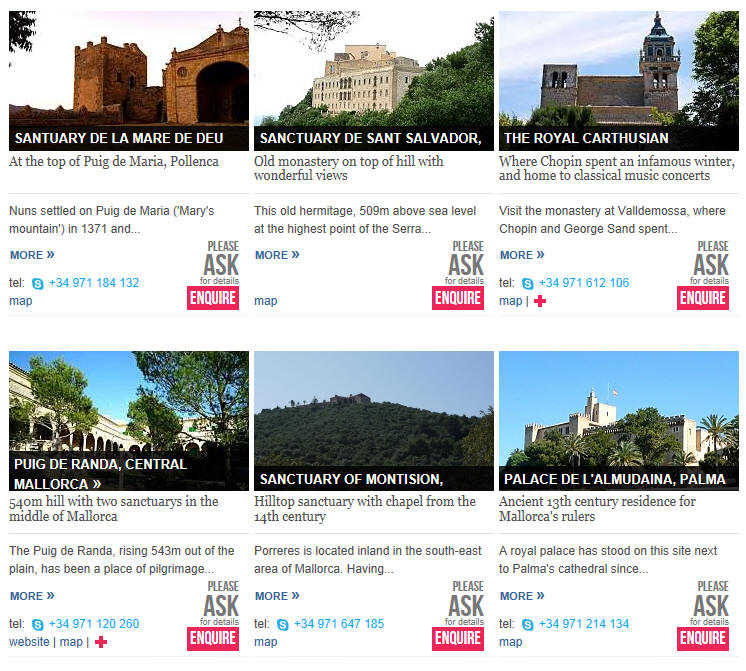

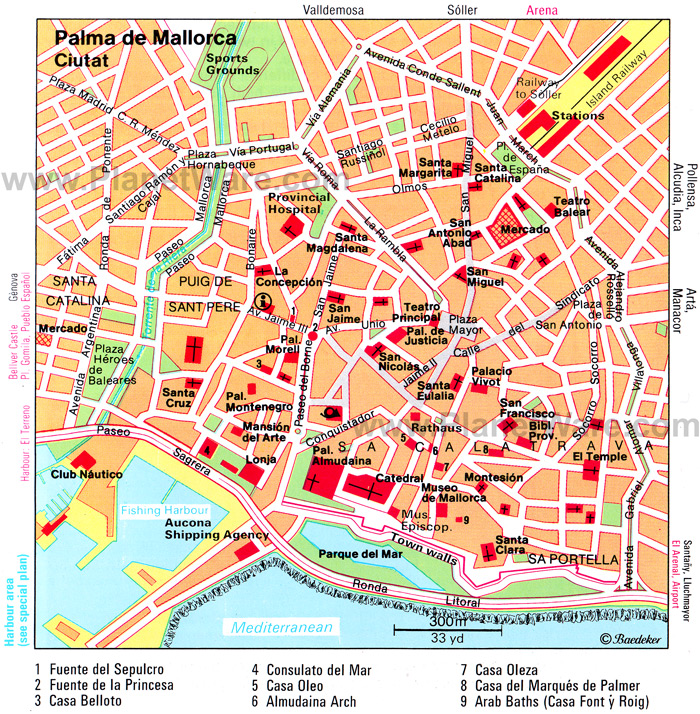
palma de mallorca cathedral
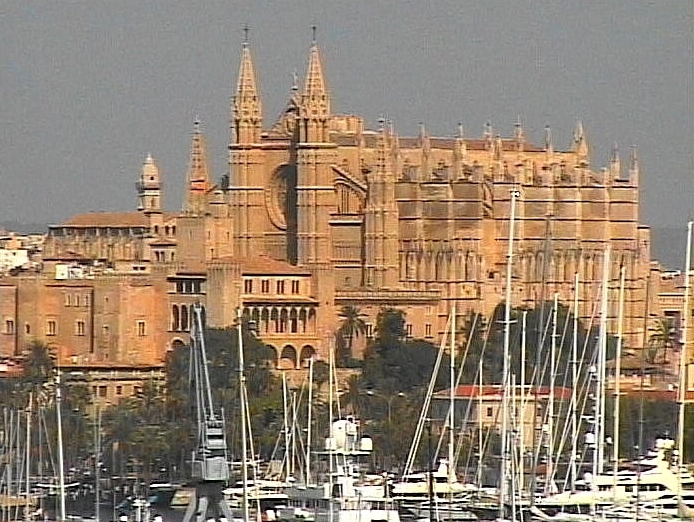
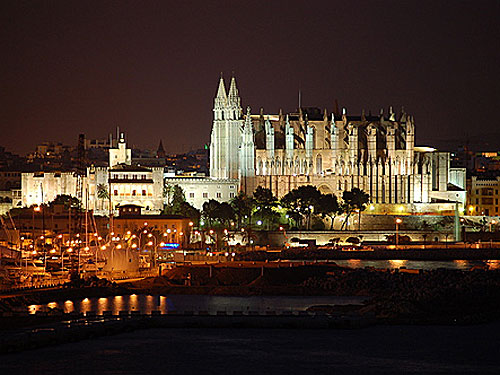
About Shopping in Palma de Mallorca
Unique boutiques in a charming pedestrianised city centre
The main shopping areas in Palma are Avinguda Jaume III and the Passeig des Born
for up-market boutiques, and the pedestrian streets around Placa Major for small
specialist shops.
There is also a modern shopping mall and hypermarket
complex - the Centro Comercial Porto Pi - 2km from the centre.
For the shopper, the relatively small size of Palma is of great advantage.
Avinguda Jaume III, as well as being the best-known
street in the city, is also the newest. Although it is hard to believe, only 30
years ago the street didn't exist. Today it is one of Palma's most elegant
avenues, lined with sophisticated shops offering men's and women's fashions as
well as jewellery and gifts. El Corte Ingles, one of Spain's most popular
department store chains, is also present. For a thorough shopping spree you
shouldn't forget the side streets of Bonaire, Sta. Maria del Sepulcro, Sant
Marty etc.
Following the broad street down its gentle slope, you'll find the road branches
at the Placa Joan Carles I, where you will find the department store C&A, which
specialises in off-the-rack clothing for all ages. Turning right onto the
pedestrian street, the Passeig del Born, are there a small but interesting
variety of upmarket shops ranging from the fashion accessories of Loewe to the
alpagateria (traditional rope shoes) of Cesteria del Centro and Rialto Living a
homewares & interiors shop with a lovely cafe.
Returning to the square in front of C&A, turn right onto carrer Unio. On the
left is Palma's best known toy shop, Arlequin, which always has a window display
to send a shot of nostalgia through the veins of even the most jaded visitor. In
Placa Sta. Catalina Thomas you will find two chocolate shops, Can Frasquet and
Cas Net, whose mouth-watering displays are difficult to resist. After this,
Carrer Unio takes a dog-leg to the left and enters La Rambla, where flower
sellers line up on the central reservation. You will also find a small range of
smart shops, including B&O, MTB, interior design shops and fashion boutiques.
Returning to the Placa Joan Carles I again, take Carrer Jovelanos (near
MacDonalds) to Carrer Pelaries, on which you will find Ereso, one of the best
bookshops in the city. There are a couple of art galleries and home interiors
shops along here too. Back to the front of Ereso shop, you enter Carrer Sant
Nicolau, named after the church nearby. This street, along with the areas around
Plaza Chopin and Carrer Tous i Maroto, is part of one of the busiest commercial
districts of the city. This area is fully pedestrianised and you'll find many
small, independent boutiques for fashion, shoes, jewellry, homewares and gifts.
Nearby are the chic boutiques of Carrer Verl. The streets ate worth a stroll for
their architecture, even if you are not interested in shopping and high fashion
and there are plenty of cafes where you can take a refreshment break.
Continuing on Sant Nicolau, before climbing the stairs of Pas d'en Quint you
will find the jeweller Paradis. At the top of the stairs a turn to the left onto
Carrer Jaume II will take you past a Gordiola glass shop, and the well known La
Montana delicatessen, before continuing on to the Placa Major. Alternatively, at
the top of the stairs, enter the City Hall square (Plaza de Cort) and take the
next left onto Carrer Colon. There are a great variety of shops in this zone,
some of which date back 100 years and have maintained the old store fronts.
Examples are the knife shop on the corner of Placa de Cort and a music shop, the
Antigua Casa Banque.
The main interest of Placa Major is the outdoor craft market, which is held
there Monday, Friday and Saturday mornings. From the square, under which is a
not-very-exciting touristy shopping mall, you may leave either by proceeding
straight ahead onto Carrer Sant Miquel or taking the right-hand exit and joining
Carrer Sindicat, where the shoe shops seem to go on forever and, traditionally,
people used to go to find the cheapest prices. These roads will lead you to
Placa Espana and El Corte Ingles, aswell as the bus and train station.
On Sant Miquel you will pass a wide variety of clothing, hardware and pastry
shops. One interesting shop, is the alpalpateria Fornes, which sells all sorts
of articles made of woven straw, from shoes to shopping bags. The street leads
to Carrer des Oms (Olmos). This newly converted pedestrian street is filled with
book and poster shops, opticians and the city's most popular photocopy stores,
where at times, long queues form. The bottom of the street again joins onto the
Rambla after a few short minutes' walk.
Note:
Opening and closing times: Most shops are open from around 10 to 1:30PM and 5 to
8 Monday to Friday, and on Saturday mornings. The exceptions are souvenir shops
in the large resorts, which stay open every day, El Corte Ingles (leading
department store in Spain), Pryca, and the Gigante chain of supermarkets are
open throughout the day Monday to Saturday. There are moves afoot to allow
Sunday shopping, although not all shops have embraced this.
History & Culture
As an island, Majorca has been subject to numerous invasions, conquests &
sea-trading throughout its history. Palma was known to the Arabs as Medina
Mayurqa (902 to 1229) and to Mallorcans thereafter simply as Ciutat (City) -
Palma was in fact named after the Roman city of Palmaria (founded around 120
BC). The Roman city still exists, a metre or two beneath the ground; inhabitants
of houses near the cathedral are still discovering Roman remains. The Moors were
finally overthrown by the Spanish in the 13th century, and Palma became an
important port & commercial centre in the Mediterranean.
This multicultural history is reflected in the wonderful variety of architecture
visible throughout the city. Palma's masterpiece is its
Gothic cathedral (built
on the site of a mosque which in turn was once a Roman temple) - it rises out of
the city walls which once marked the edge of the sea. Close to here is the old
Arab quarter , with its
maze of narrow streets hiding museums, palaces and exquisite courtyards.
Other parts of city that you see today, however, are relatively recent
creations. The tree lined promenades of
La Rambla and
Passeig des Born, home to
florists and newspaper sellers, were built in the 19th century on a dried-up
river bed. The defensive city walls which once surrounded the city were pulled
down to create the ring road Las Avingudas, and the waterfront highway and
promenade Passeig Maritim was only reclaimed from the sea in the 1950s.
Visitors to Palma de Mallorca will no doubt spend most of their time within the
inner ring road (Las Avingudas) in the old town. Most of this part of Palma is
traffic-free and it's a joy to wander through the streets admiring architecture
and browsing the plentiful shops. The tourist office arranges guided tours of
the city throughout the year (in several languages); they are most prevalent
during the summer, and cost approx. €10 per person. Check out the
Events Calendar to see if any are on during
your stay.
Along the seafront is the fabulous marina and palm-lined promenade. Those
looking for a beach will be rewarded by heading east towards
Portixol &
Ciudad Jardin (where
you'll also find a couple of decent
beach clubs). Dominating the skyline by the sea
is the enormous cathedral (called La Seu), and the
Parc de la Mer
which hosts concerts, fiestas and open-air cinema throughout the year.
To the west of the cathedral is the characterful district of
La Llonja, which is home
to quirky boutiques & art galleries. The tiny (pedestrianised) medieval streets
used to be somewhat down-at-heel, but the area has been significantly smartened
in recent years. This is where you'll find a great selection of
bars,
restaurants and
jazz clubs as it's one of Palma's hotspots for
nightlife. Have a look at our own experiences of a
Night Out in Palma.
Beyond La Llonja lies
Santa Catalina which used
to house fishermen and craftsmen in days gone by, and has now resurrected itself
as the hip & trendy area for all the cool kids. You'll find plenty of bars,
cafes & restaurants here, and the vibe is pretty arty/studenty. The nightlife is
certainly vibrant here - a
Night Out in Santa Catalina
has many possibilities!
As you delve further into the city away from the sea, you'll come across grand
avenues with designer shops, and mazes of pretty streets offering gift shops,
fashion boutiques and cafes. The area to the
east of Passeig Born is
particularly recommended for browsing.
If it's arts and culture that you're interested in, then Palma will not
disappoint. The excellent
Es Baluard Museum of Contemporary Art
is housed in the old fortress and is well worth a visit - the restaurant on the
terrace is critically acclaimed too. The Spanish artist Joan Miro spent the best
part of 30 years living on Majorca, and there is a
foundation devoted to his
works just to the west of Palma. An excellent evening devoted to the art
galleries of Palma is held annually - it's called the
Nit de l'Art and is held
on the third Thursday of September. There are a couple of grand theatres in the
city too, which host annual opera and ballet festivals, and their programmes are
speckled with musicals, concerts and other ‘spectacles'!
A different kind of culture can be enjoyed when Palma hosts one of it's Fiestas.
The two main festivals are held in January (Sant Sebastian) and June (Sant
Joan).
Sant Sebastian is Palma's
patron saint and the city comes out in force to celebrate. The main events -
parades, music concerts & fireworks - occur on the evening of the 19th January,
with the more formal proceedings taking place on the actual saints day of the
20th January.
Sant Joan is celebrated
on the 24th June as part of the summer solstice. But again, it is the evening
before that sees the biggest party. The infamous ‘Nit
de Foc', or Night of Fire is held on the night
of the 23rd June and sees bonfires lit throughout the city and the crazy ‘fire
run' where locals dress as demons & devils and run through the streets bearing
torches. Everyone eventually gathers in the Parc de la Mer for rock concerts,
more bonfires, fire crackers and an impressive fireworks display. It's a crazy
night!
Restaurants
Palma has a superb choice of
restaurants, encompassing
a vast range of cuisines for all budgets. Within the historic centre, you'll
find plenty of eateries in La Llonja and Santa Catalina, both of which are close
to the sea front and are the heart of the nightlife of Palma.
But there are places dotted throughout the centre and it is worth exploring back
streets and taking a took at the menus posted outside the restaurant. Another
good way of finding places to eat is to look out for gastronomic events, such as
TaPalma where selected
bars, cafes & restaurants offer bite sized snacks at reduced prices - all on a
handy map of the area.
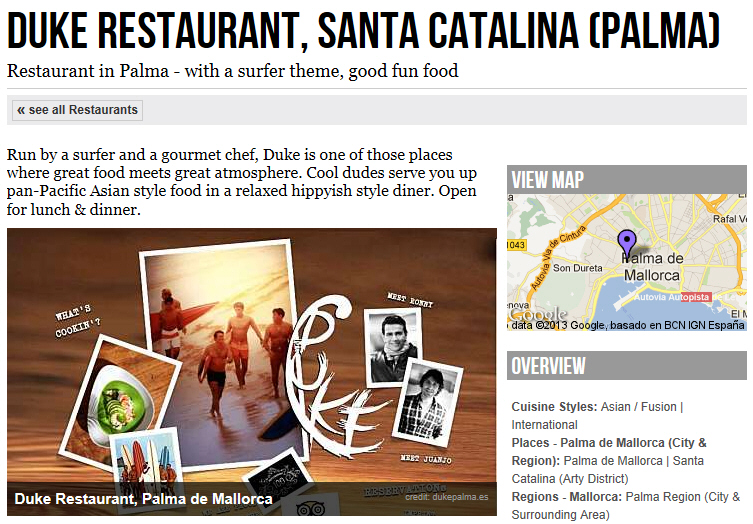
RCL Excursions
Belver Castle
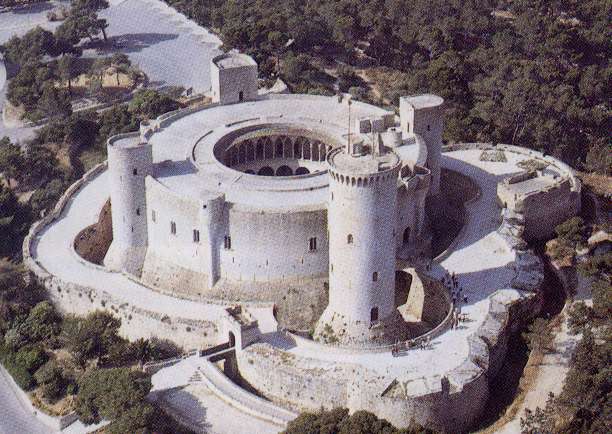
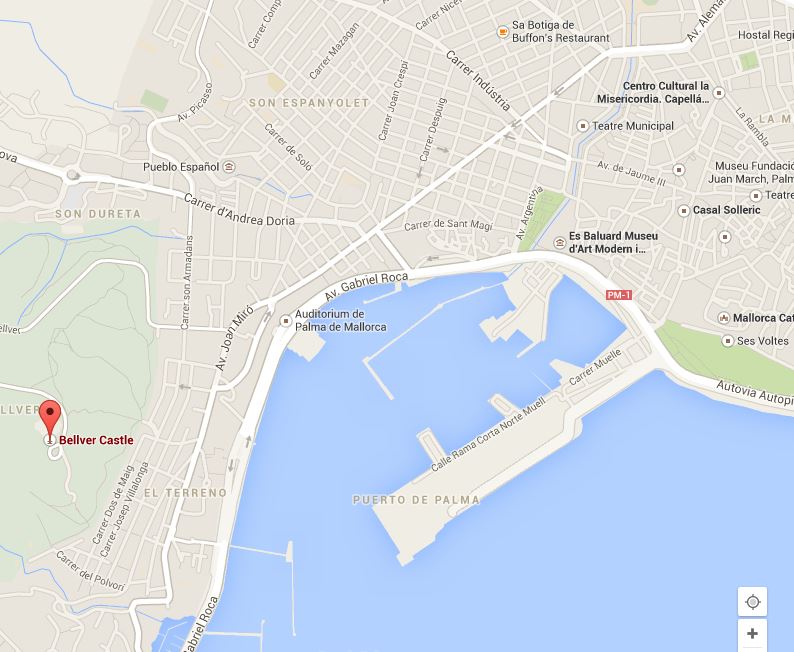
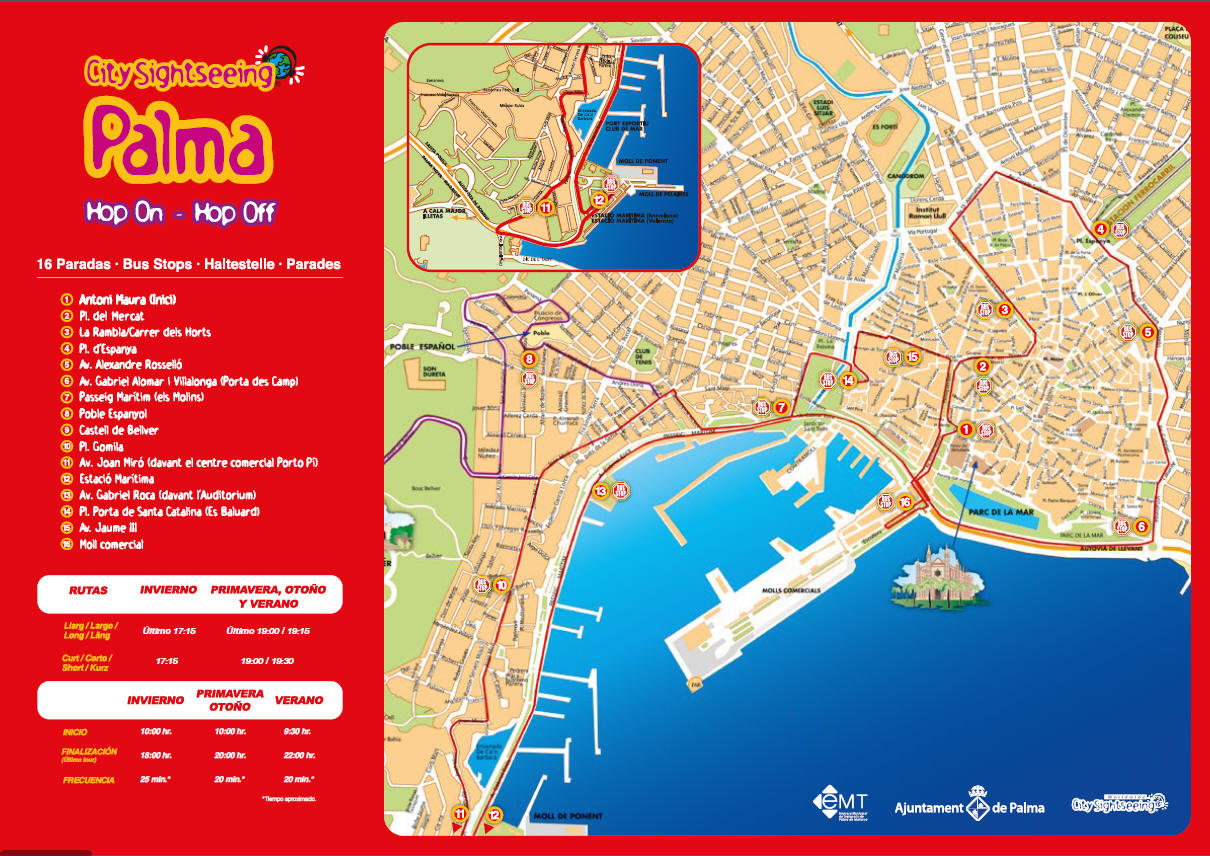
Shopping - Avenue de Jaume III and area
